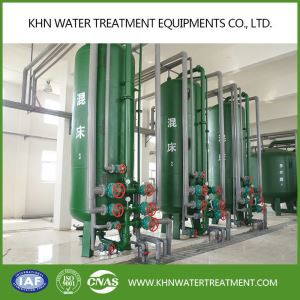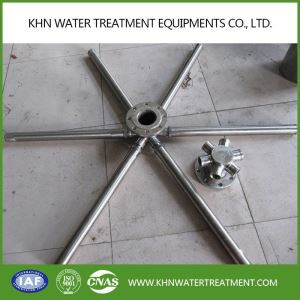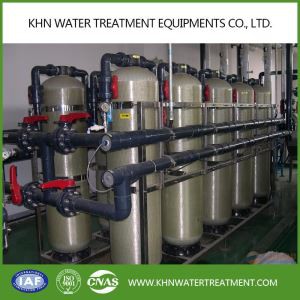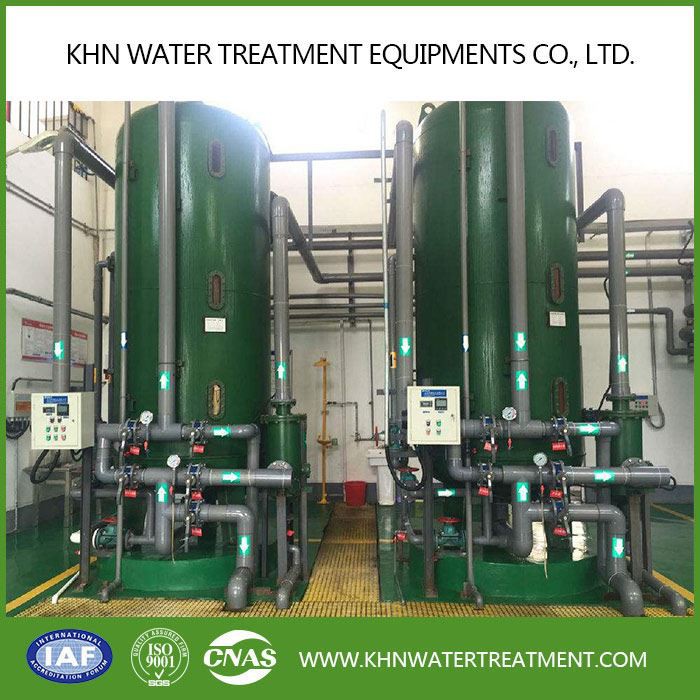
Anion Exchange Resin Tower
It is widely used in water treatment, especially It is a necessary equipment for making high-purity water.
Send InquiryAnion exchange resin tower Introduction
Anion exchange is the most commonly used in water treatment technology. Ion exchanger is a kind of water treatment equipment that uses the anion and cation exchange resin's selectivity and equilibrium reaction principle to remove electrolyte ions in water. It is widely used in water treatment, especially It is a necessary equipment for making high-purity water.
Technical parameters
Model | KIE-1000/15 | KIE -1250/25 | KIE -1600/40 | KIE -1800/50 | ||||||||
Diameter | Ø1000 | Ø1250 | Ø1600 | Ø1800 | ||||||||
Resin height | 1600 | 2000 | 2500 | 1600 | 2000 | 2500 | 1600 | 2000 | 2500 | 1600 | 2000 | 2500 |
Capacity(t/h) | 15 | 25 | 40 | 50 | ||||||||
Resin volume | 1.26 | 1.57 | 1.96 | 1.96 | 2.45 | 3.06 | 3.2 | 4 | 5 | 4.07 | 5.1 | 6.36 |
Equipment weight | 1655 | 1789 | 1908 | 1988 | 2180 | 2362 | 2710 | 2932 | 3180 | 3520 | 3760 | 4060 |
Operating load | 5094 | 5398 | 5896 | 7540 | 8520 | 9640 | 11630 | 13100 | 14800 | 18058 | 19080 | 20672 |
Model | KIE -2000/65 | KIE -2200/75 | KIE -2500/100 | KIE -3200/160 | ||||||||
Diameter | Ø2000 | Ø2200 | Ø2500 | Ø3200 | ||||||||
Resin height | 1600 | 2000 | 2500 | 1600 | 2000 | 2500 | 1600 | 2000 | 2500 | 1600 | 1800 | 2500 |
Capacity(t/h) | 65 | 75 | 100 | 160 | ||||||||
Resin volume | 5.02 | 6.28 | 7.8 | 6.08 | 7.6 | 9.5 | 7.85 | 9.8 | 12.27 | 12.86 | 16.08 | 0.16 |
Equipment weight | 3775 | 4019 | 4495 | 5330 | 5536 | 6409 | 6084 | 6574 | 7169 | 9120 | 9864 | 10775 |
Operating load | 18350 | 20590 | 23530 | 27656 | 29210 | 31150 | 29220 | 32650 | 36920 | 49310 | 54850 | 61860 |
Product detail
Original: Jiangsu, China
Certification: ISO9001, ISO14001, etc.
Material: FRP/Q235
Voltage: 380V 50Hz, the voltage can be as local demand
Payment term: TT, LC
Market: Middle East/ Africa/Asia/South America/Europe/North America
Warranty: 1 year
MOQ: 1 set
Equipment characteristics
1. With the extension of operating time, the failure layer gradually increases, and the working layer continues to decline. When the working layer drops to the limit of the protective layer, ion leakage begins to occur. Until the working layer is completely invalid, ion exchange needs to be regenerated.
Second, the greater the water velocity, the thicker the working layer:
At high flow rates, the contact time between water and resin is short. To reduce the ions in water to a certain level, it must be done in a thicker working layer.
3. The larger the resin particles, the thicker the working layer:
The higher the ion concentration in the incoming water, the thicker the working layer. The more ions, the longer the exchange reaction time and the thicker the exchange layer.
Fourth, the void of the exchanger is related to the water temperature and other factors:
1. Generally speaking, the flow rate is below 60m / h, and the water flow is in a laminar flow state, which has little effect on the working exchange volume of the resin.
2. At present, the running velocity of fixed-bed chemical desalination equipment is generally selected as 10-30m/h and the height is 40m/h. The choice of operating flow rate is related to the quality of the incoming water, the operating cycle and the resin exchange capacity.
3. It is a liquid-solid phase reaction process, which involves the diffusion process of substances in the liquid phase and the solid phase. The reaction rate is very fast at normal temperature and is not a controlling factor.
4. If the exchanged ions have a slow diffusion rate in the liquid phase, it is called external diffusion control, and if the diffusion in the solid phase is slow, it is called internal diffusion control.
In order to improve the economic and technical applicability of the ion exchange process, ion exchangers have produced different resin combinations, different bed types and various systems. We should understand the factors that affect the thickness of the equipment and reduce the occurrence of factors in the future.
Product process
The shell of the ion exchange column (device) generally adopts hard polyvinyl chloride (PVC), hard polyvinyl chloride composite glass steel (PVC-FRP), organic glass (PMMA), organic glass composite transparent glass steel (PMMA-FRP), steel lined rubber ( JR), stainless steel rubber lining and other materials. Mainly used in boiler, thermal power station, chemical industry, light industry, textile, medicine, biology, electronics, atomic energy and pure water treatment front processing, industrial needs for hard water softening, deionized water preparation occasions, can also be used for food and medicine Decolorization and purification, recovery of precious metals and chemical raw materials, treatment of electroplating wastewater, etc.
Plexiglass ion exchange device is corrosion-resistant, colorless and transparent, suitable for the preparation of small-scale pure water in the food, medicine, sugar and electronic industries. The carbon steel lined rubber ion exchange device has the characteristics of large water production, high strength and low cost. It is suitable for the preparation of large-scale boiler softened water and large-scale pure water.
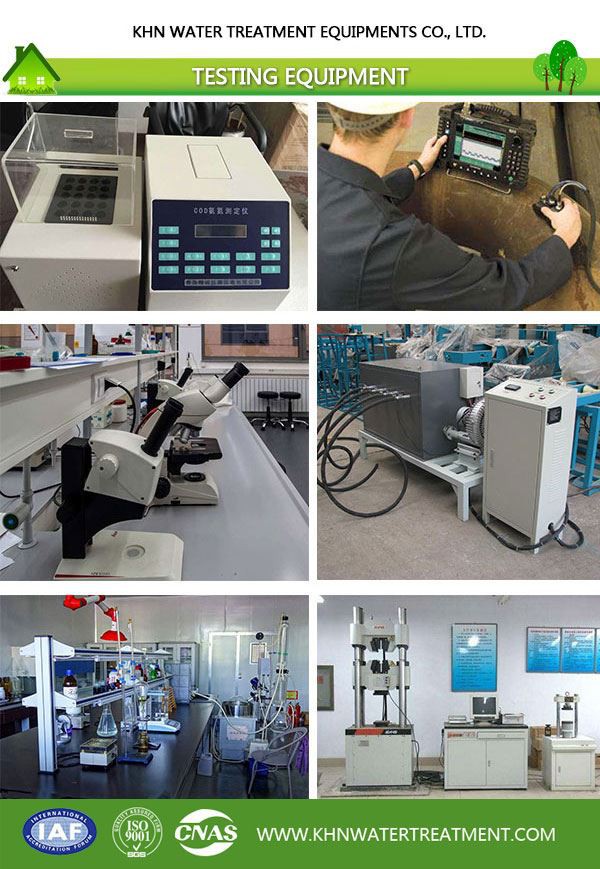
Hot Tags: anion exchange resin tower, China, suppliers, manufacturers, factory, customized, price, OEM
Previous
MBP Type Ion Exchanger


